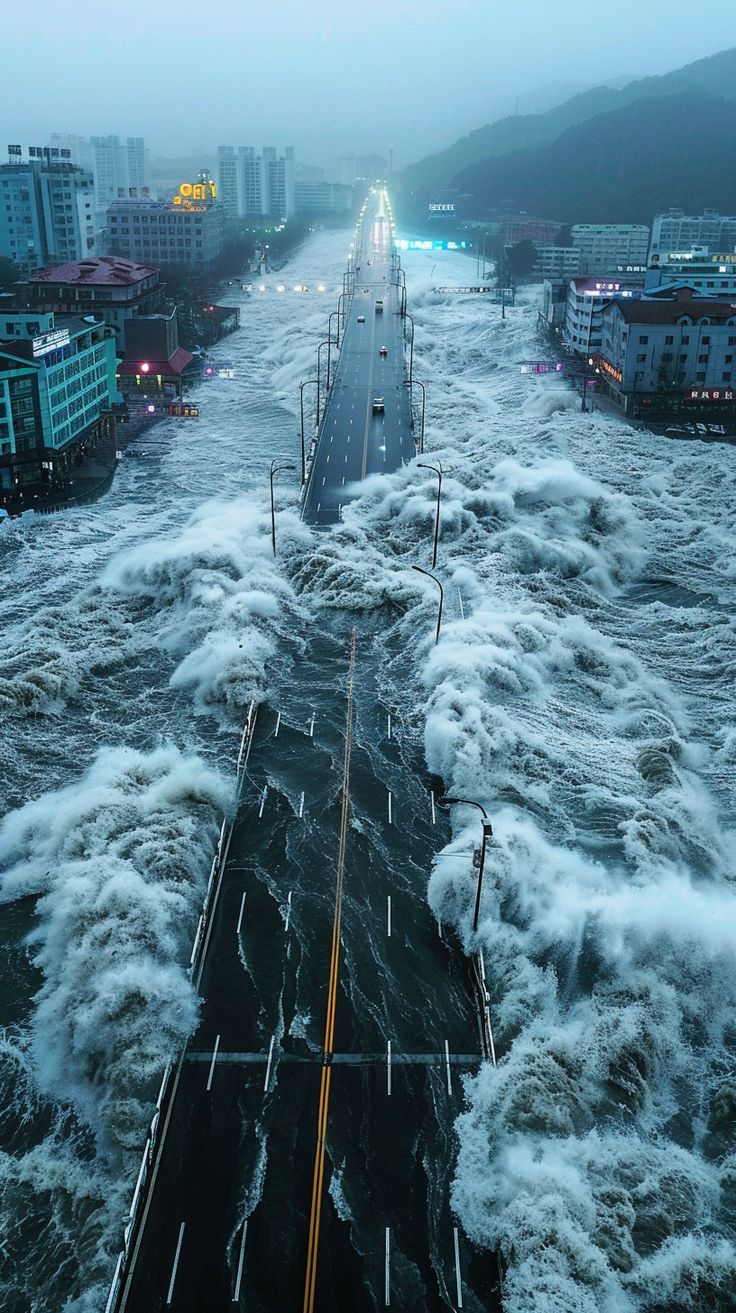America’s battle against nature has entered a dangerous new chapter. Flash floods—sudden, violent, and devastating—are striking communities with little to no warning, leaving destruction in their wake. The most pressing question now lingers in the minds of millions: is the United States truly prepared for the next big flood disaster?
Recent events have shown how quickly water can turn from life-giver to life-taker. In Texas, raging waters swallowed neighborhoods in minutes, claiming lives and destroying homes. In the Midwest, floodwaters overwhelmed infrastructure, leaving highways submerged and entire towns cut off. And across the Appalachian region, torrential downpours have turned valleys into rivers, washing away everything in their path.
Experts warn that while flood alerts and weather technology have improved, gaps in America’s disaster preparedness remain alarmingly wide. FEMA has declared dozens of ongoing disasters across multiple states, yet many communities remain vulnerable due to aging infrastructure, inadequate evacuation planning, and insufficient public awareness campaigns.
“Flash floods are different from hurricanes or wildfires—they strike like a thief in the night,” said one hydrologist. “By the time you realize what’s happening, it’s already too late. That’s why preparedness isn’t optional—it’s survival.”
The financial toll is staggering. Billions of dollars have already been lost in 2025 due to flooding, and analysts fear costs will only rise as climate change fuels more extreme and unpredictable rainfall patterns. But beyond economics lies the human toll—families displaced, children traumatized, and entire communities left wondering if home is still a safe place.
Curiously, despite repeated warnings, many Americans remain unaware of just how vulnerable their regions are. FEMA maps reveal that flash flood risk areas extend far beyond traditional floodplains, meaning millions of households may be unprotected by insurance—or even by basic knowledge of what to do when disaster strikes.
As storms grow fiercer, one thing is clear: the next flash flood will not wait for America to be ready. The only question is whether leaders, communities, and families will take action now—or wait until the waters rise again.
